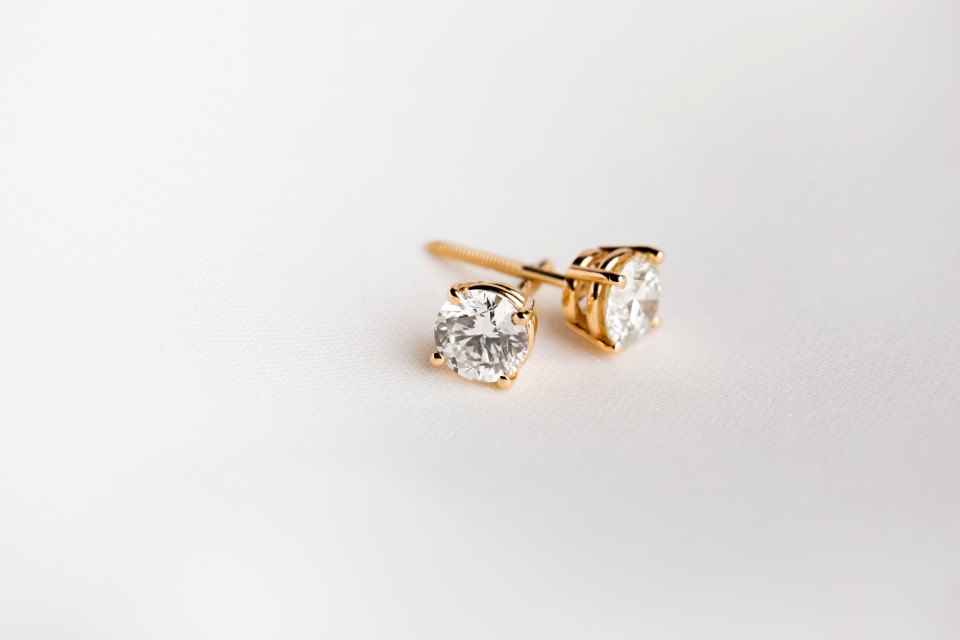The Truth About Mined Diamonds, and an Ethical (and Stunning) Alternative for Consumers
People Are Concerned About the Source of Their Diamonds
Some jewelry consumers are unaware of the alternatives to natural diamonds, which continue to violate human rights. Others still may stubbornly think that only mined diamonds are the “real diamonds.” In reality, lab-grown diamonds are visually, chemically, and physically the same as traditional gems from the earth.
Nowadays, younger generations worry about the sourcing and environmental impact of their products. Diamonds are no different, and buyers deserve transparency. As awareness spreads around unfair practices in the mining industry, alternative diamond sourcing is becoming increasingly popular. Even when searching for classically styled jewelry like round engagement rings, young people want to see that their diamonds aren’t harming the earth.
Ethical Consumerism
Ethics are a top concern in the jewelry industry as younger generations are starting to get engaged, and they care about the source of their diamonds. Since the pandemic, the bulk of consumers research and shop for their diamonds online.
Some people look for cost-effective choices due to higher unemployment rates and lower wages. These factors inspire young people to take a second look at traditionally mined diamonds, as lab-grown diamonds have the added benefit of costing 20-40% less.
Lab-Created vs. Mined Diamonds
Diamond mines are more likely to use child labor than other companies in the industry. War-torn countries have left children orphaned and without ways to support themselves. Rather than lend a helping hand, mining companies chose to capitalize.
In Asia, juvenile workers can be paid as low as four dollars per day. If they make it to adulthood, they do not have the education to excel in life, thus perpetuating their poverty-stricken conditions.
In the mines, operators are unlikely to supply the proper breathing equipment in unsafe conditions. Inhaling too much debris leads to long-term damages. Most cases result in Silicosis, a lung disease that stems from inhaling fine dust and powder. Life expectancy ranges from 21 to 7 years after diagnosis.
Despite human rights concerns, people remain skeptical over the legitimacy of lab-grown diamonds. Most buyers believe that they are just a fake alternative–many people even mistake synthetic diamonds for cubic zirconia. But diamonds created in labs are not less valuable or fake, contrary to popular belief.
Manufactured diamonds are identical to diamonds from the ground. The only difference is the cost and the source. Lab-created diamonds cost less because they have a smaller supply chain. Other than the ethics and the price, there is no difference.

The Diamond Industry Is Changing With the Times
Millennials and Gen Z continue to grow more aware of lab-created diamonds as the ethical choice. Jewelers have also caught on to the shifting tides, and many companies now offer lab-grown diamonds. As demand increases, more companies will make the switch.
When it comes to lab-grown versus traditionally mined, consumers should weigh their options. The long-term effects of making diamonds in a lab are more manageable for the environment. There is less land scarring, less damage to communities, and fewer airborne toxins. The workers in a laboratory are educated adults who get to choose their work environment.
Another benefit is transparency. The scientific process of producing lab-created diamonds makes it easier to trust them. It either takes place through Chemical Vapor Deposition or High Pressure, High Temperature. These two methods are very similar to the way diamonds form naturally.
People feel a strong attachment to diamonds. Whether they come in bridal sets, or engagement rings, diamonds are a testament to true love. Ultimately, people want to make the right choice on a product that will last a lifetime—a choice that upholds ethics and integrity as well as quality.
This post was produced and paid for by Clean Origin

